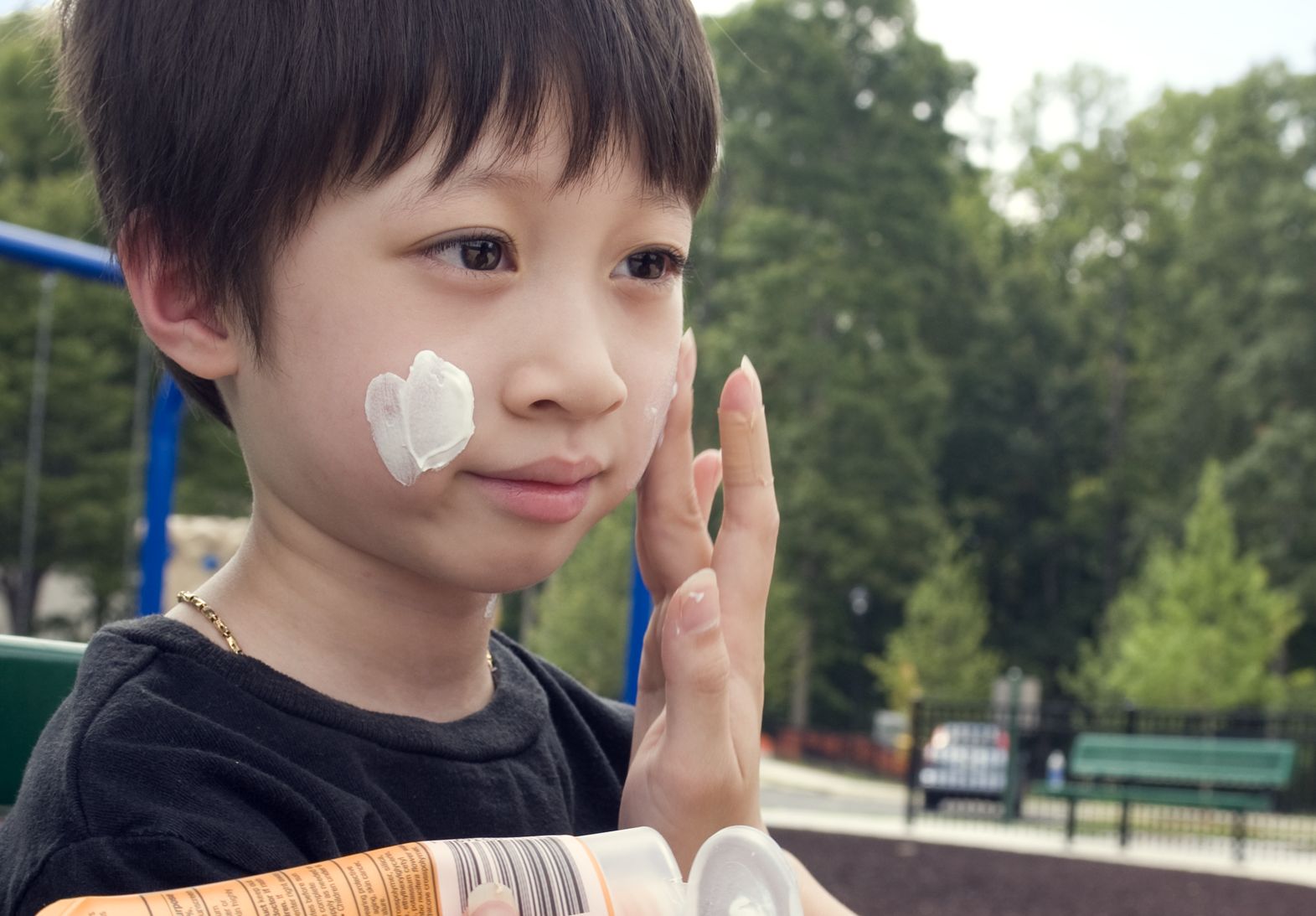 |
|
A recent study exploring how skin protects itself against sun damage revealed an unexpected finding. Not only do properly applied SPF 30+ products protect against sunburn, they help skin retain its ability to repair damage at the cellular level.
“This is clear evidence that the sun and its UV rays are a major part of skin cancer. I think that this is crucial information for everyone, and the type of information that helps get people to start changing behaviors,” said Mary Maloney, MD, professor of medicine and director of dermatologic surgery, in response to the research published in the journal Pigment Cell & Melanoma Research. “At this point, it is not my opinion that the sun is bad, it is scientific evidence that tells us this.”
The study reports on how researchers in Australia looked at the molecular effect of sunlight on human skin, both with and without sunscreen. In addition to confirming that SPF 30+ products protect against all damage from UV rays, the scientists found that it protects an important anti-cancer gene known as p53 from damage that would make it unable to carry out its function of repairing skin cells that have been damaged by the sun. Once skin cells are damaged, the risk of skin cancer increases.
Craig Ceol, PhD, assistant professor of molecular medicine, whose research focuses on the molecular basis of skin cancers, said researchers looked at people with different skin types in an effort to understand how skin protects itself against or repairs sun damage.
“This study confirms previous work that has described striking cellular and molecular responses to UV damage in the skin,” said Dr. Ceol. “When UV damage is incurred, keratinocytes—the bulk of cells that perform skin’s barrier function—send signals to melanocytes, which are the pigment-producing cells. These signals induce melanocytes to divide and produce additional pigment, which is shuttled to keratinocytes to protect them from further UV damage. Essentially, the keratinocytes are saying ‘help,’ and melanocytes provide the umbrella.”
“A highlight of this study is the protective effect afforded by sunscreen,” said Ceol. “Application of sunscreen blocked UV-induced damage and subsequent melanocyte divisions. Sunscreen’s protection from UV-induced damage in keratinocytes is notable, and it translates into protection from basal and squamous cell skin cancers. However, the ability of sunscreen to protect against melanoma is not as well understood. It would be interesting if these researchers next looked more directly at how sunscreen protects melanocytes, the cells from which melanomas arise.”
In talking with patients about the importance of sunscreen in the future, Maloney now has another tool at her disposal, based on this new research. “I will give them the same message: use sunscreens and sun protective clothing. However, I will share the science behind this recommendation with them also.”
Related links on UMassMedNow:
Melanoma risk runs high for indoor tanners
USA Today quotes Mary Maloney on FDA plan to label devices